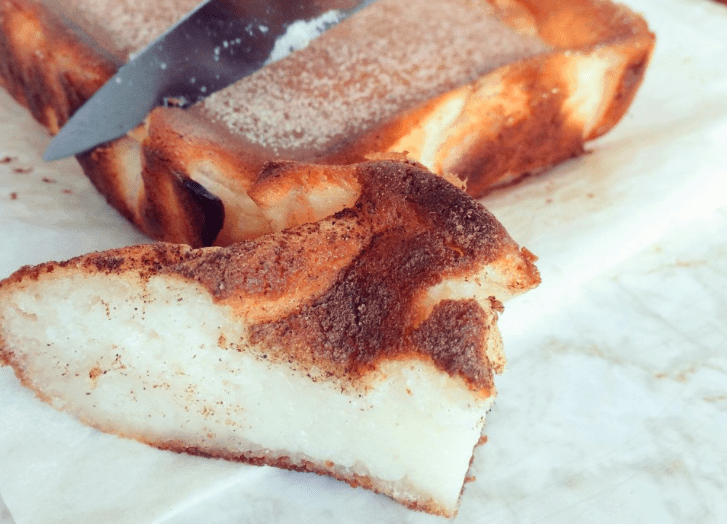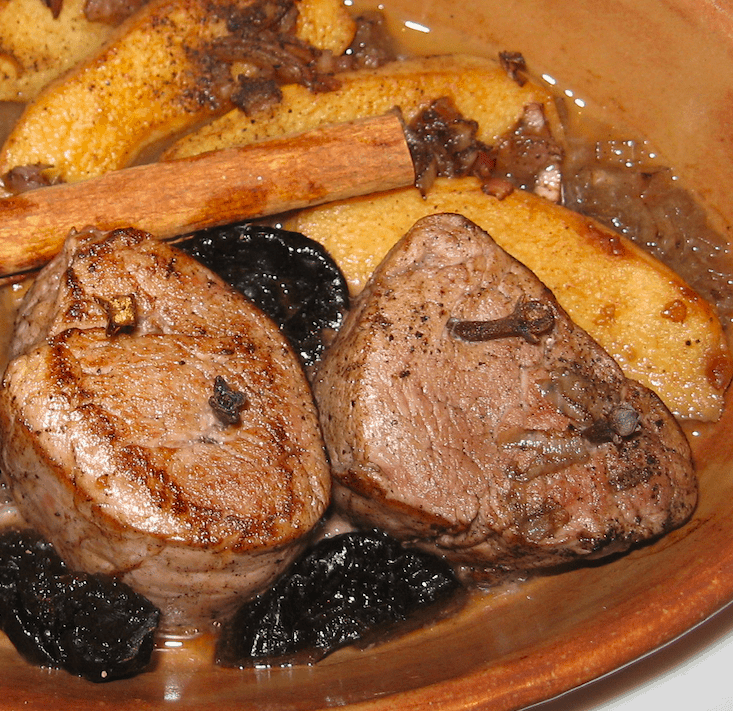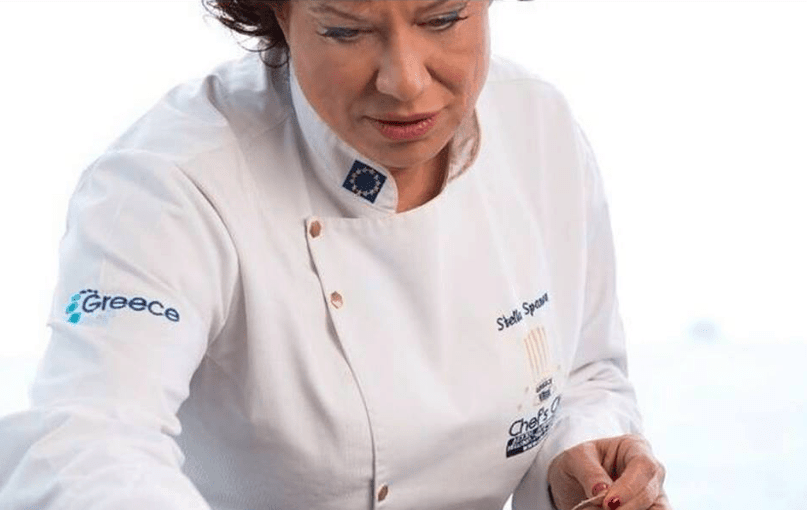Turkey has managed to find its way to the Greek Christmas table, but the bird popular mostly in the US and UK, is actually a relative newcomer- indeed, according to age-old Greek traditions, the festive feast is based on pork. This and a multitude of other Greek Christmas food trivia significantly enriched my knowledge of my country’s seasonal customs recently when I interviewed acclaimed Greek chef Stella Spanou, who has a strong presence representing Greece at global food festivals, TV cooking shows, and high level hotel and restaurant events.
Greece has essentially stuck to age-old traditions, with fascinating variations around the country, accomplished chef Stella Spanou tells us.
AA: Is Christmas an important culinary tradition for Greeks?
SS: For Greeks, the Christmas season is of utmost religious significance, as well as a very special time when family can gather around the table to eat together and reconnect. Over the last few decades, traditions from abroad have altered Greek customs to a certain degree, but nonetheless pork has always remained the staple Christmas ingredient, especially because in rural Greece the heirosfageia (pig slaughter) would take place at this time of year. Practically every part of the pig is utilised somehow, made into sausages, dolmades, and meat pies, as well as stored away for consumption at a later time of the next year (in a time before refrigerators existed people relied solely on preservation methods in order to do this, such as making sausages stored in airtight containers in pork fat, or dehydrating or smoking it), and shared with family and neighbours. Today, at Christmas turkey is most commonly served stuffed with rice and chestnuts, while pork is usually served baked with vegetables, orange, leeks and other variations. Other important food customs are centered on sweets that are prepared in the time leading up to Christmas day or on the day itself –cookies like melomakarona or kourabiedes, diples, baklavas, kadaifi, walnut cake, galaktoboureko and ravani are must-eat syrupy delights, and of course there’s the Vasilopitta cake that we share in the New Year.
AA: What are the most popular and important food-related traditions for Greeks at Christmas time?
SS: Apart from the pork dishes I mentioned, the Christ Bread (Christopsomo) is a crucial element of the Christmas table! The dough is decorated with a cross, sometimes with elaborate and artful designs, and usually contains some dried fruits like raisins, aromatioc spices or herbs, nuts like almonds and walnuts as well as wine and olive oil. On Christmas Day the “head” of the household makes the sign of the cross over the bread, and then proceeds to slice and hand it out to everyone present. This symbolizes a blessing and good health.

AA: Can you tell us about various Christmas traditions that you have discovered around Greece?
In Macedonia, they make dolmades using pickled cabbage, with the cabbage symbolising the blanket that baby Jesus was swaddled in. Also, pork is usually served with quince and prunes (see recipe below).
In Thrace, the pork intestine is stuffed with liver, herbs and spices and slow-cooked overnight, to be served warm the following morning after the Christmas Day Holy Communion.
In Epirus, milk pie (galatopita), meat pie and wild boar are favoured for the main course, and baklavas for dessert.
In the Peloponnese they roast piglet in the oven, or meat pie or a Christmas kouloura as mains and diples (fried strips of dough drizzled in honey and cinnamon) or loukoumades(fried dough balls drizzled in honey) for dessert.
In the Ionian Islands pork is cooked with cauliflower or cabbage, or rooster is used to make a rich pasta sauce.
In the Eastern Aegean Islands, dolmadakia (meat and rice rolled in vine leaves) are a staple dish, as is pork cooked in a lemon sauce, chicken soup or fish. On Christmas Eve they make sweet pies with walnuts and honey.
Chicken or cockerel is a popular choice in the Cycladic Islands at Christmas, and pork is eaten on New Year’s Day. Cockerel is traditionally stuffed and cooked with tomato sauce (kokkinistos). The preferred sweets there are kourabiedes, kaltsounia and xerotygana (thin dough that is rolled into a rose-like spiral, deep fried and drizzled in honey and nuts), which represent abundance.
In Crete various parts of the pig are cooked on the grill or baked and other parts are used to make sausages, stuffed intestine and pies. Apakia (marinated, smoked lean pork meat) and tsigarides (an appetizer made from fried pork fat) are also among the most popular Christmas dishes.
Almond cookies (amygdalota) and diples are popular around all the islands (especially the Cyclades) accompanied by nectar-like Greek wine and of course plenty of kefi!
Chef Stella Spanou is a member of the Grant Chef Club Greece – cookbook author and gastronomy photographer. She organizes and participates in culinary events and festivals for hotels and restaurants in Greece and abroad, cooperates with popular TV shows and food magazines in Greece and abroad for the promotion of Greek traditional cuisine, teaches cooking seminars for adults and children and was recently invited to China by the Greek government to present Greek cuisine to Chinese chefs, officials, bloggers and mass media. As a gastronomy writer she has written six books and has been awarded “the best in the world Gourmand Cookbook award”.

Stella Spanou’s Christmas Recipe →
Pork with quinces and plums
Inspired by Macedonian tradition
Ingredients for 4-6 persons →
- 1 kilo of pork fillet
- 2 big quinces
- 3 onions
- 2 glasses of water
- 8 seedless plums
- 1/2 cup of olive oil
- 3-6 cloves
- 1 stick of cinnamon
- salt
- black pepper
Instructions →
- Cut the meat into portions, wash and drain it.
- Finely chop the onions and gently sauté them in the olive oil for 10 minutes, along with the meat, until a crust is formed.
- Remove the seeds from the quinces, peel them and cut them in vertical slices.
- Put into a clay pot the meat with the onions and around it the quinces and plums, putting 1-2 cloves in each piece of meat. Then, we add the salt, pepper and cinnamon.
- Pour water that barely covers the ingredients and cook at 180°C for 40 minutes, until there is only a little juice.



